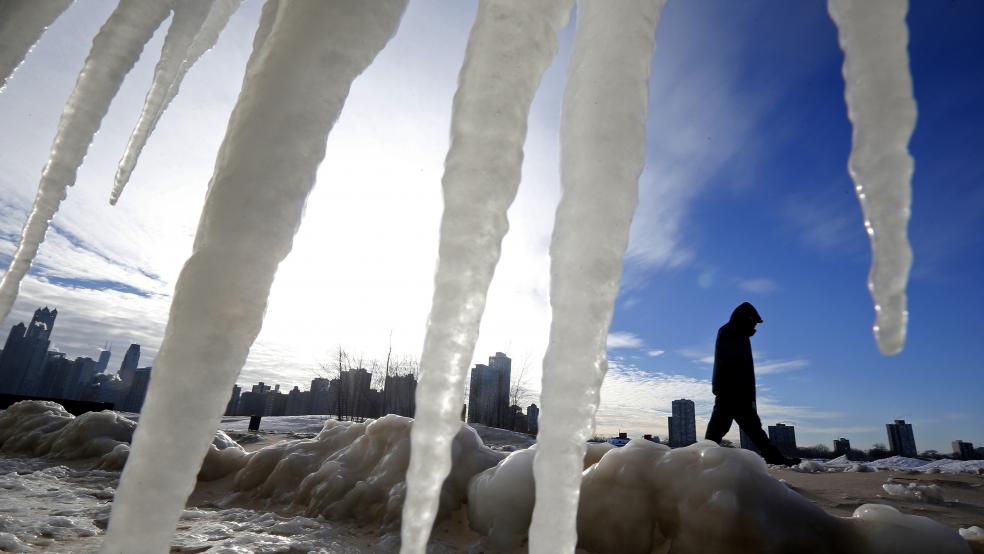News flash: It's really cold outside!
Unless you have been living in a cave (that is, with no Wi-Fi), you have no doubt been inundated with polar vortex information in the past few days.
We don't just talk about the weather anymore, though.
Related: 16 Unbelievably Cool Ice Sculptures
It's a big business, estimated to be a $2 billion to $3 billion industry comprising everything from The Weather Channel to 7,000-plus weather-related apps you can download from the AppleStore. Tech giant Google recently bought a patent for a function to serve ads based on weather conditions.
The business of weather isn't just about predictions, either. Increasingly, companies are analyzing trends to understand economic effects.
Paul Walsh, vice president of weather analytics at The Weather Channel, described such analyses as a data play that, for example, retailers can use "to understand how the weather is influencing their shoppers from a product category perspective."
Pennsylvania-based Planalytics is among those capitalizing on the movement. With its tagline of "business weather intelligence," the company provides "information companies need to understand and optimize the impact of weather on their business." Its client base includes Coca-Cola, Lands' End, General Electric and PetSmart.
Related: So Cold We Could Be Living on Mars!
President Scott Bernhardt believes that such data have moved from "nice to have" to "need to have.
"It's just too competitive out there," he said. "We're all fighting for that same dollar. Everyone in these companies needs to have that information available or they are going to find themselves far behind."
Finally, don't count Wall Street out when it comes to the business of weather. Trading weather derivatives has been a small but important part of the capital markets since the 1990s. Originally conceived during the heyday of energy deregulation, the multibillion-dollar activity includes products such as temperature and hurricane contracts.
They are insurance-like instruments that companies can use to insulate themselves from unexpected weather risk. While overall volume decreased between 2012 and 2013, according to the options exchange CME, brokers say such products are garnering growing interest in a variety of industries.
This article originally appeared in CNBC.
Read more at CNBC:
Chart of the Day: Gauging the deep freeze
Bill Nye on polar vortex: Weather of the future?
Unemployment Aid: What's at Stake?




